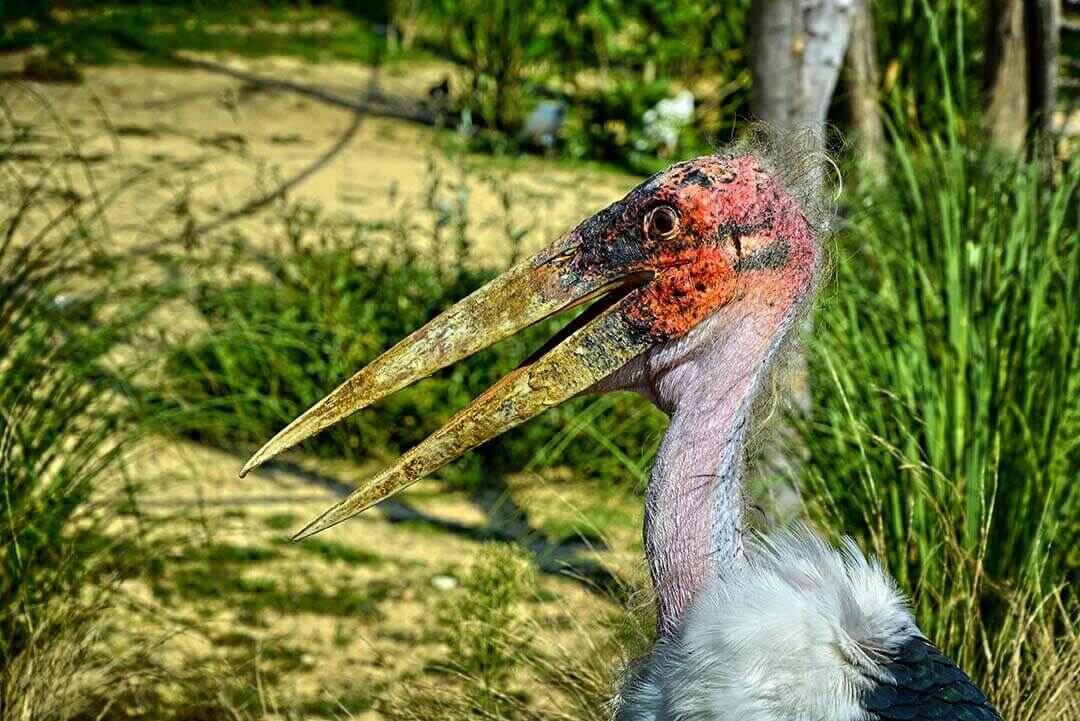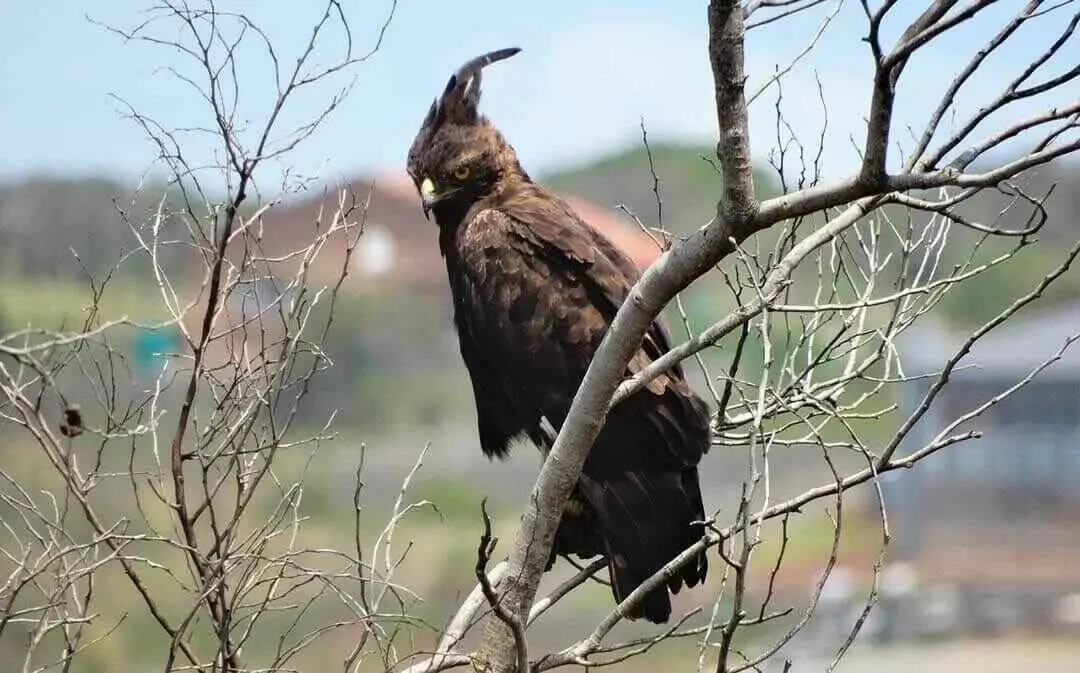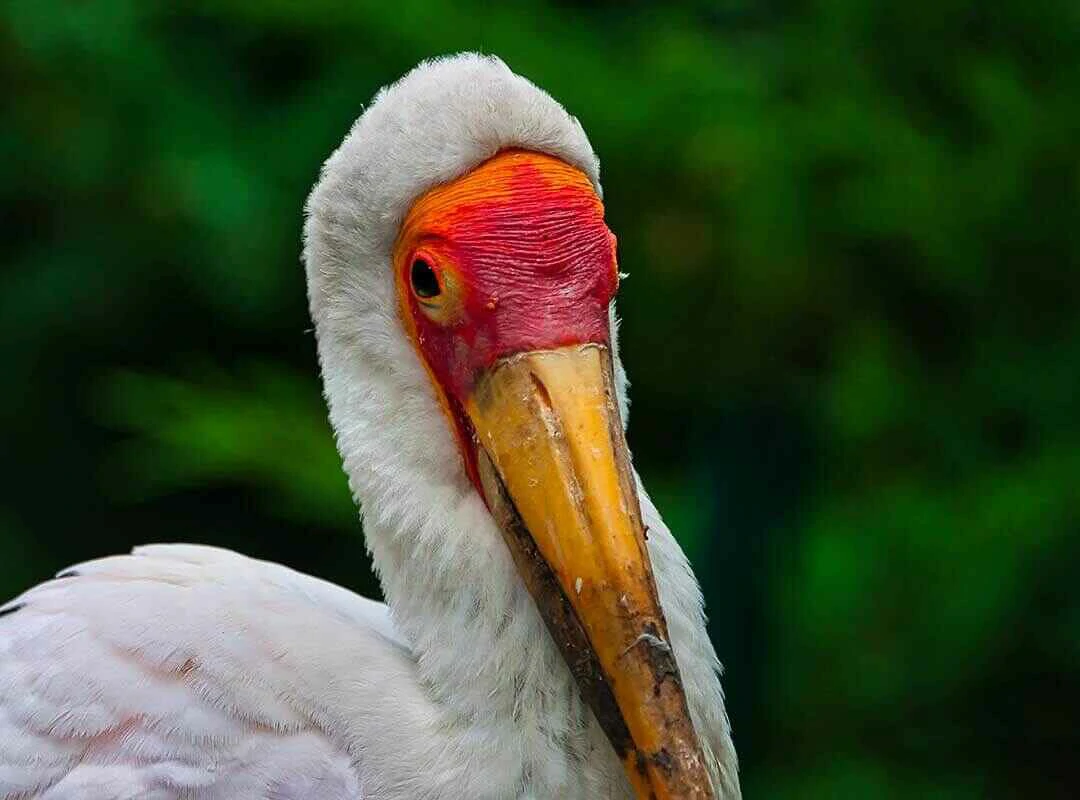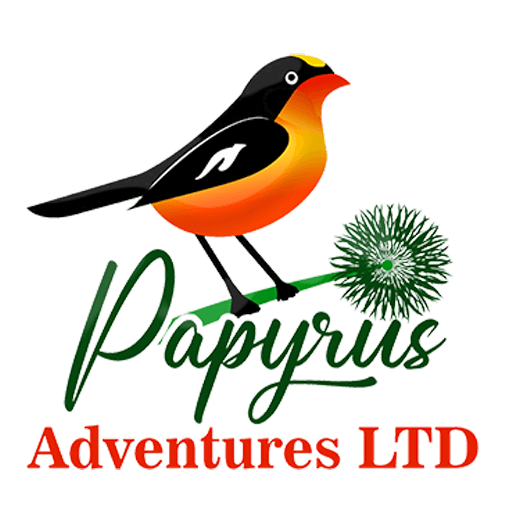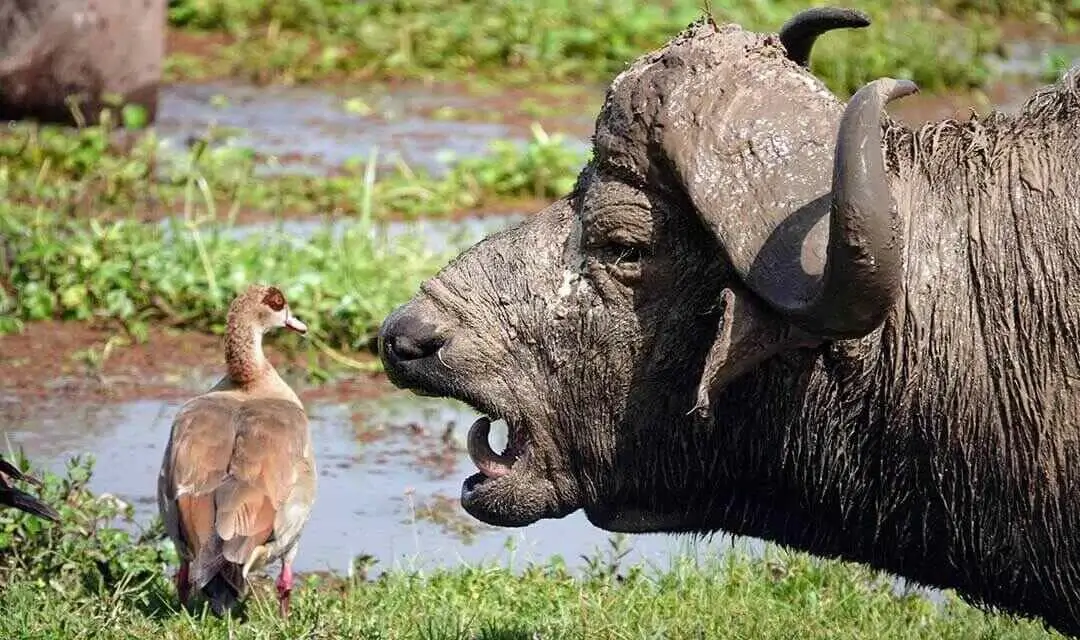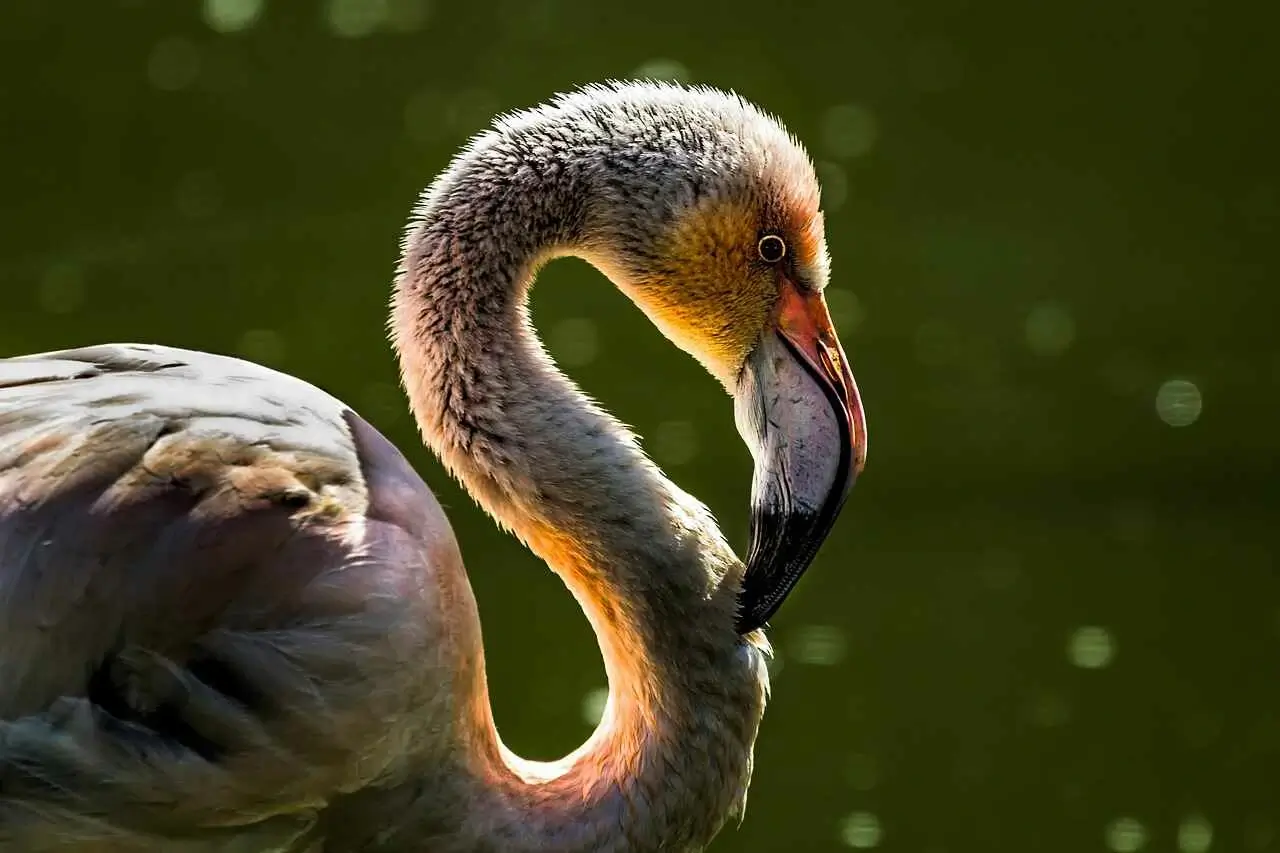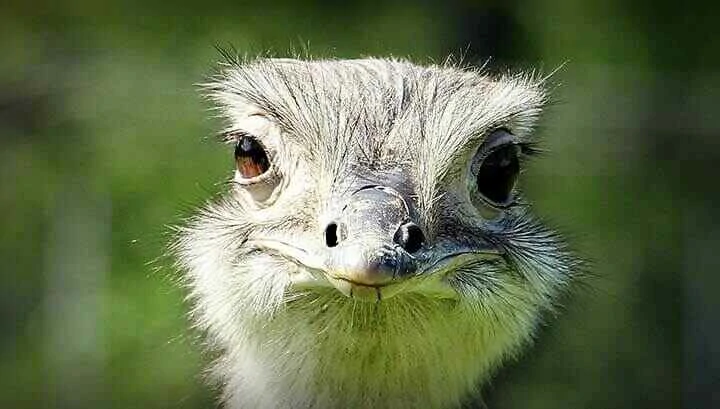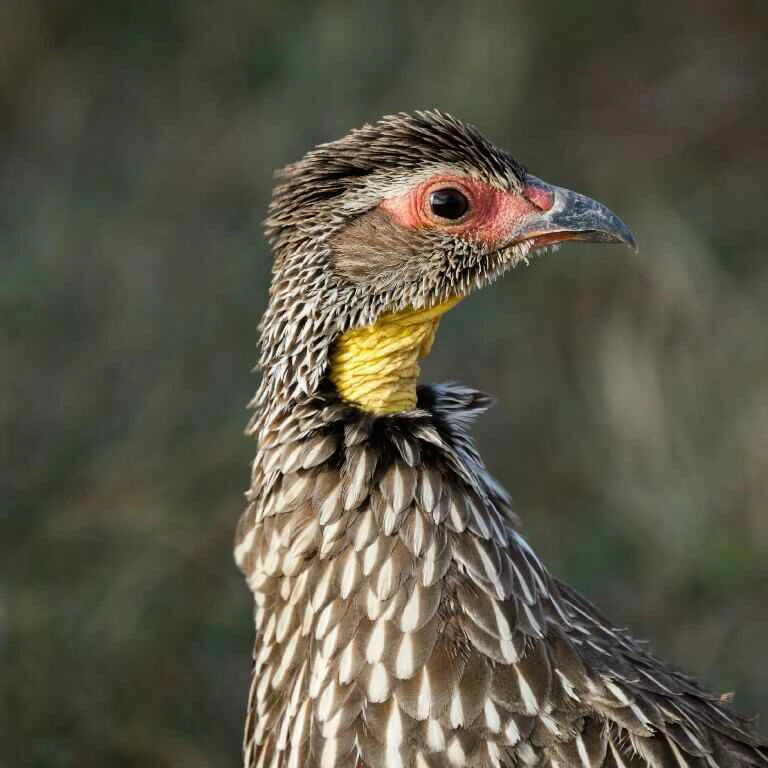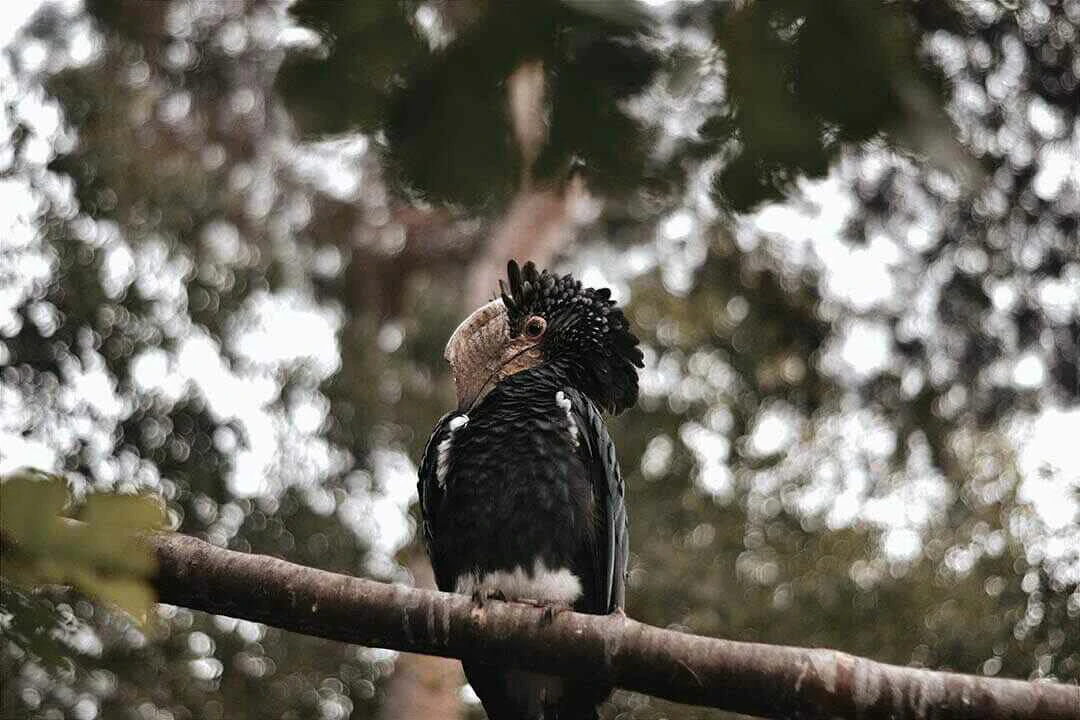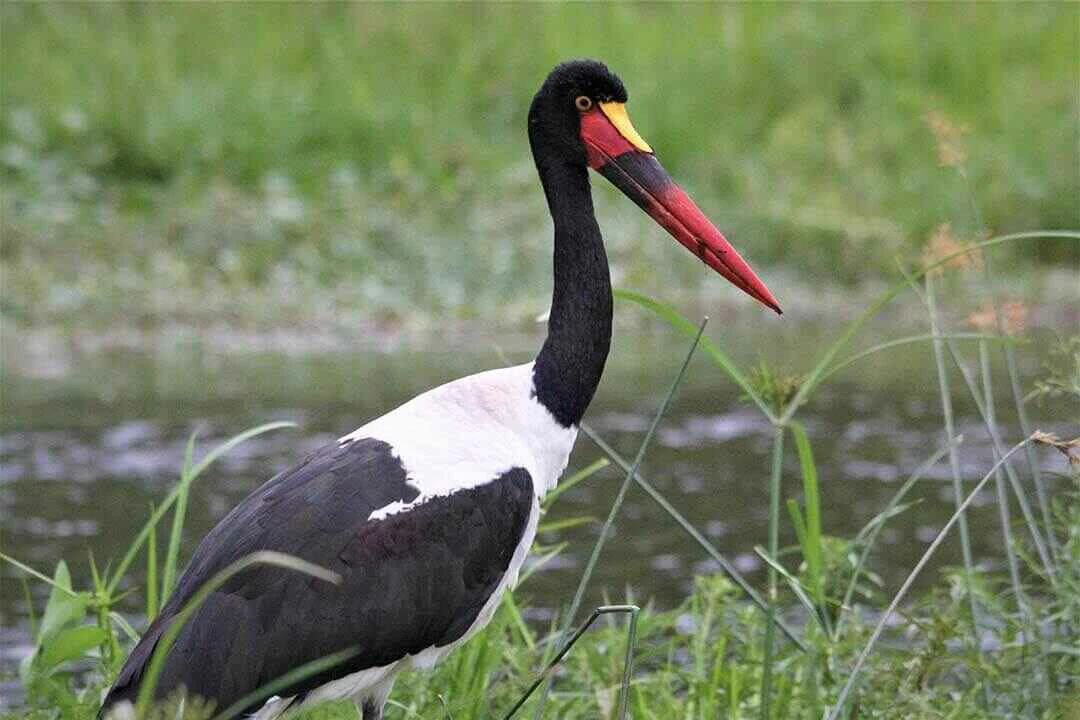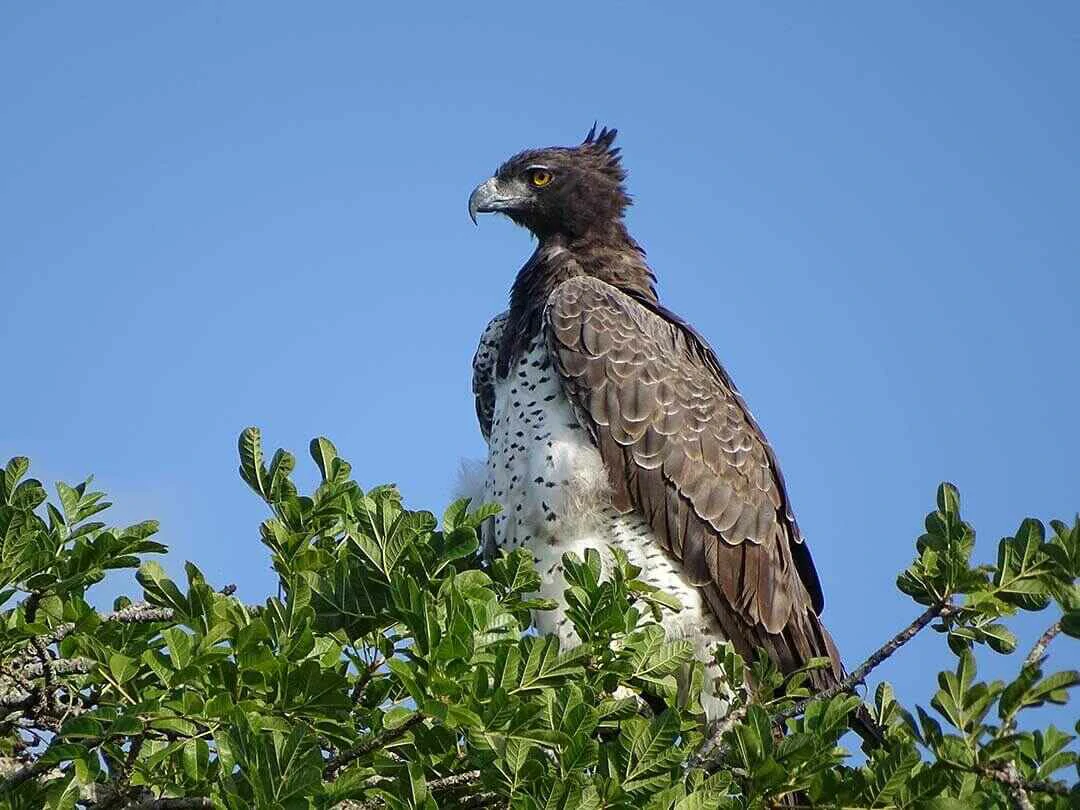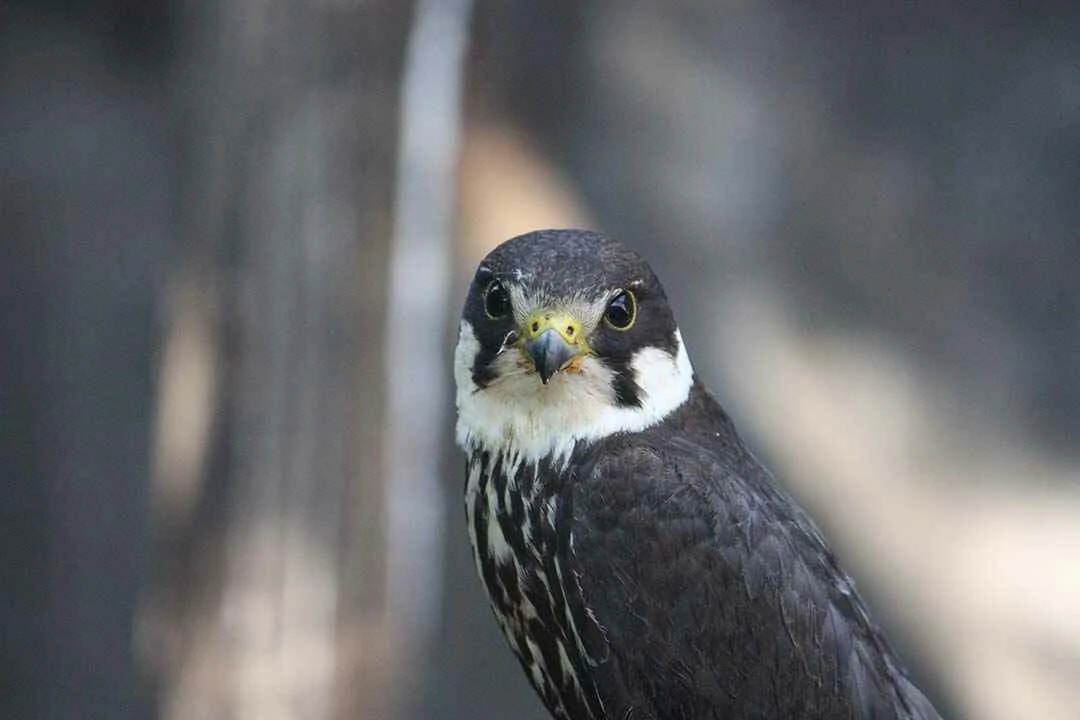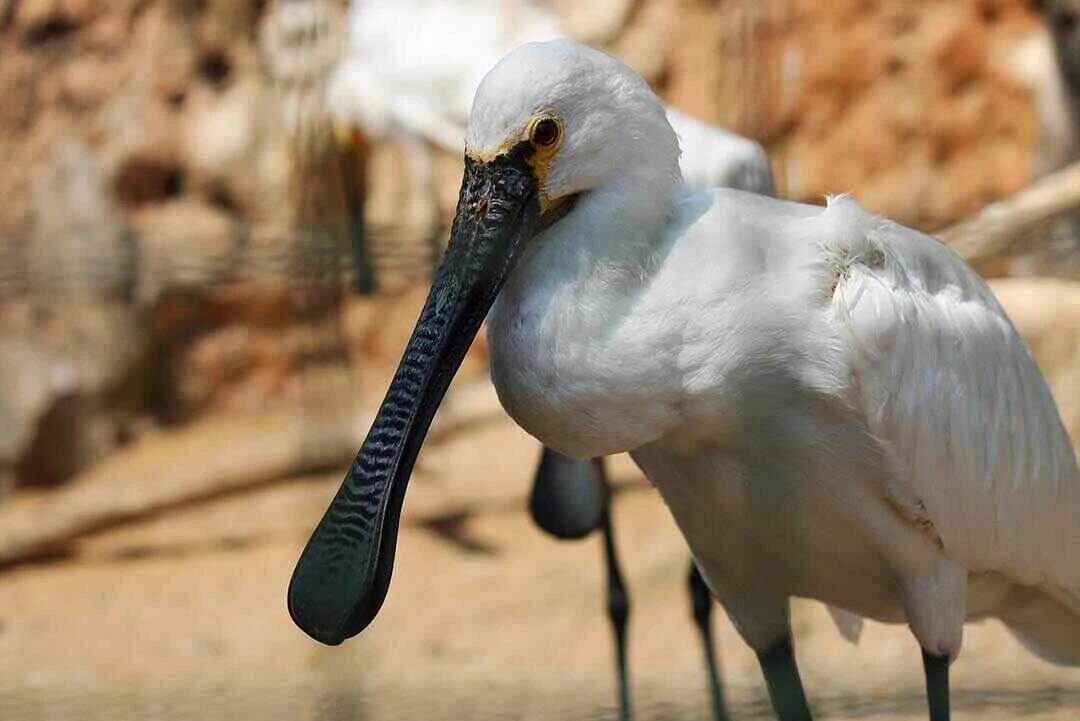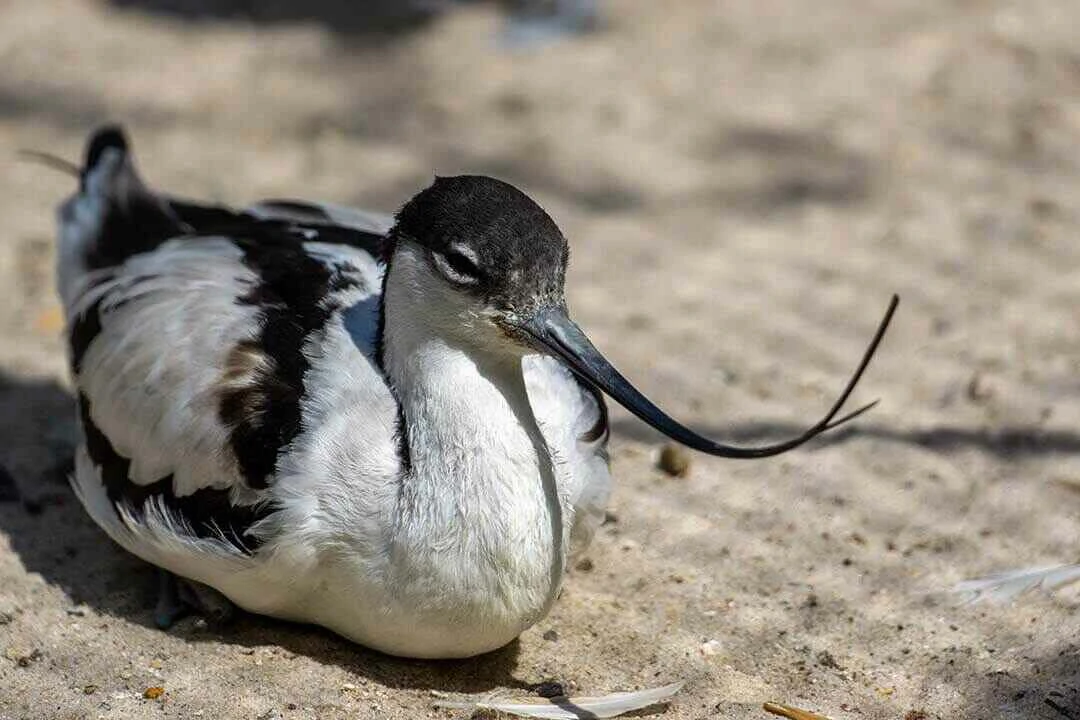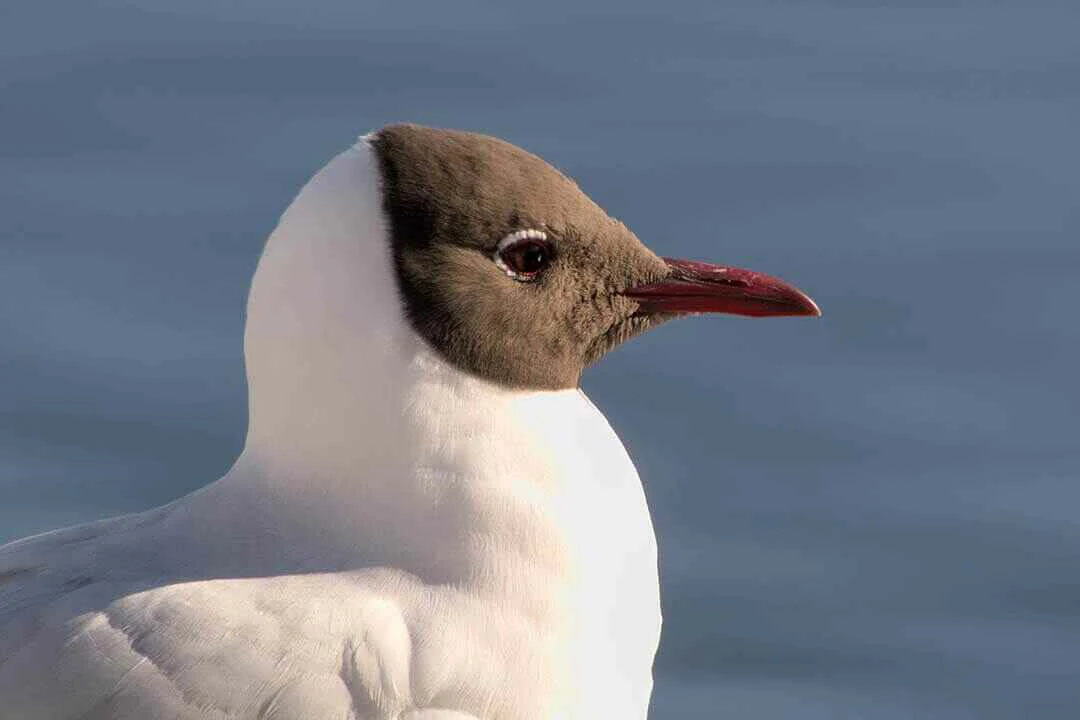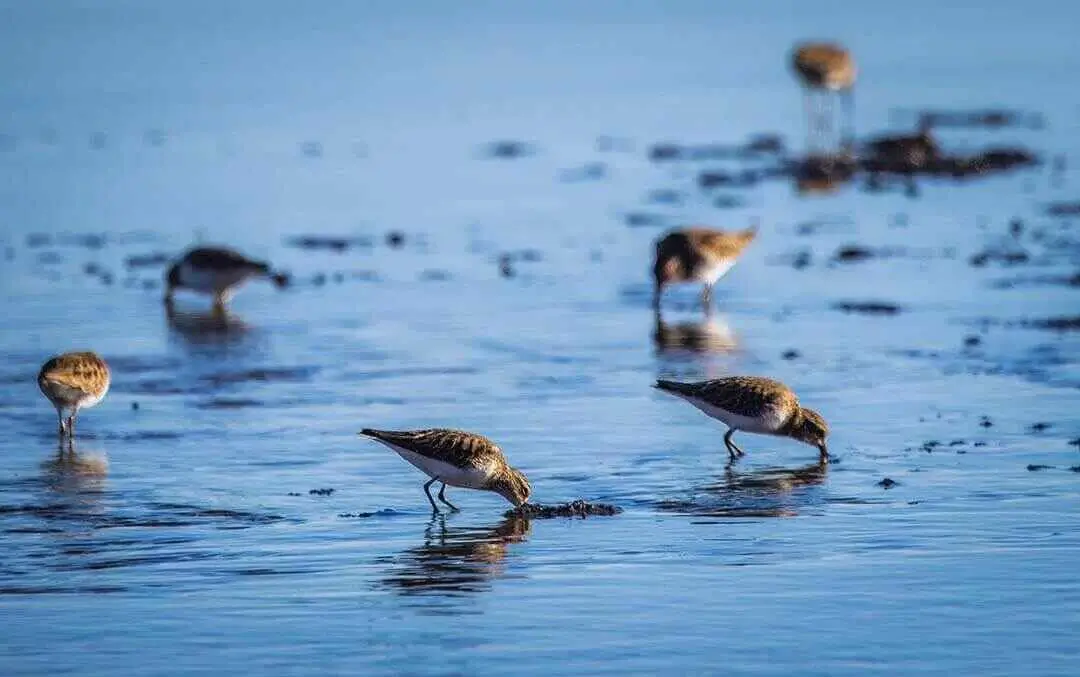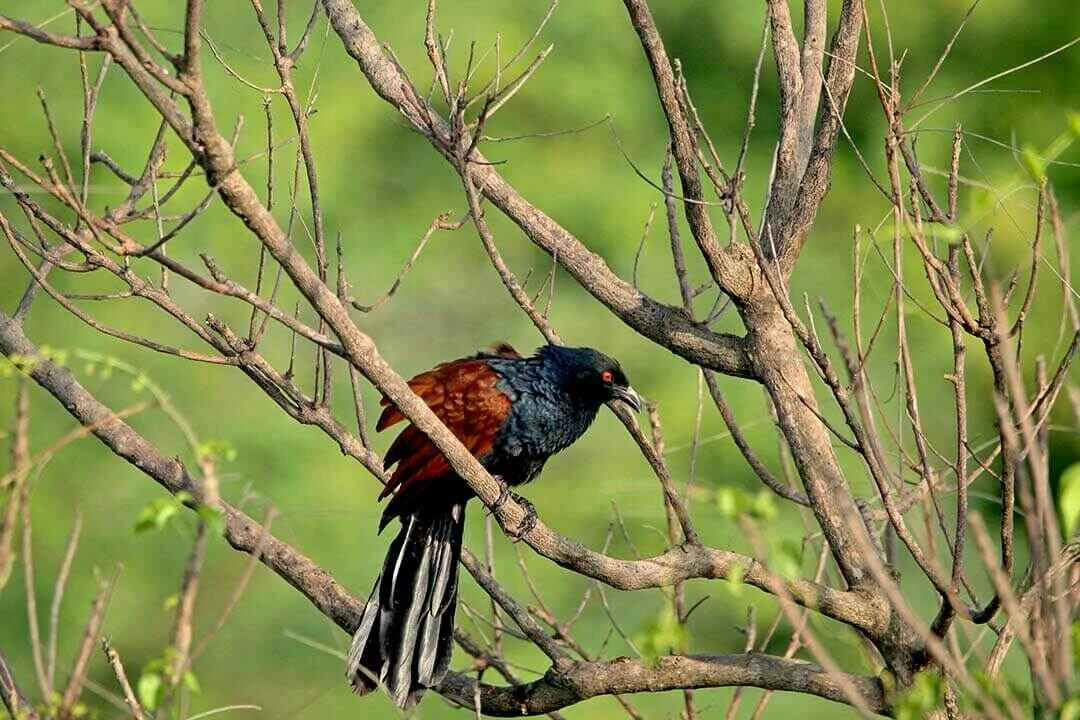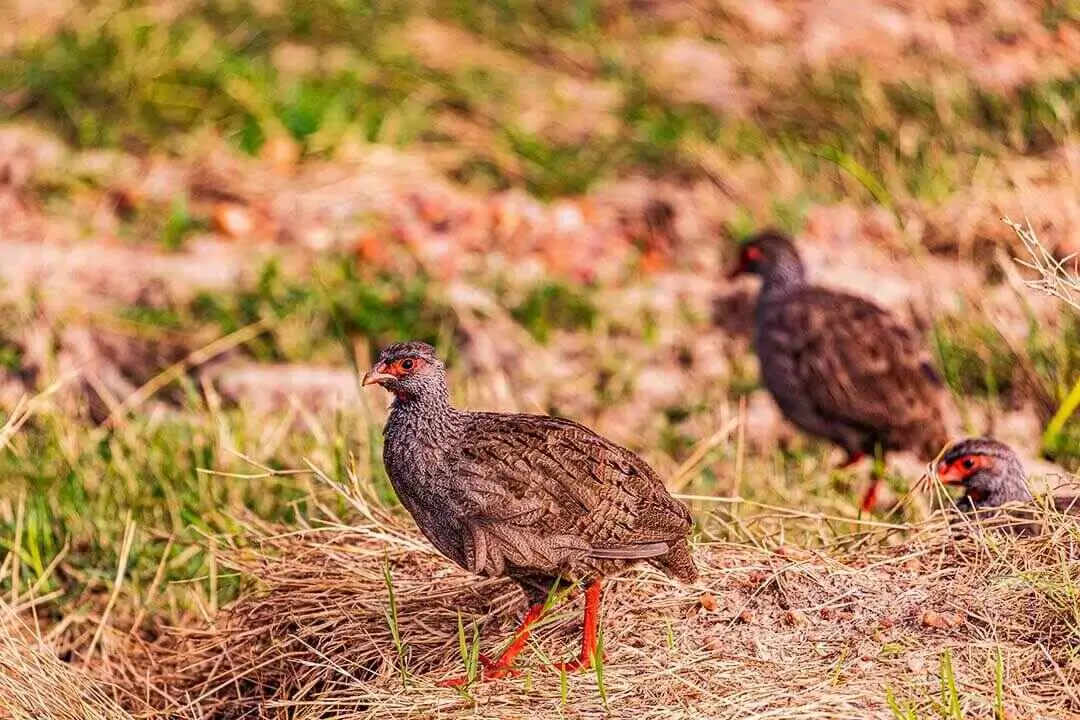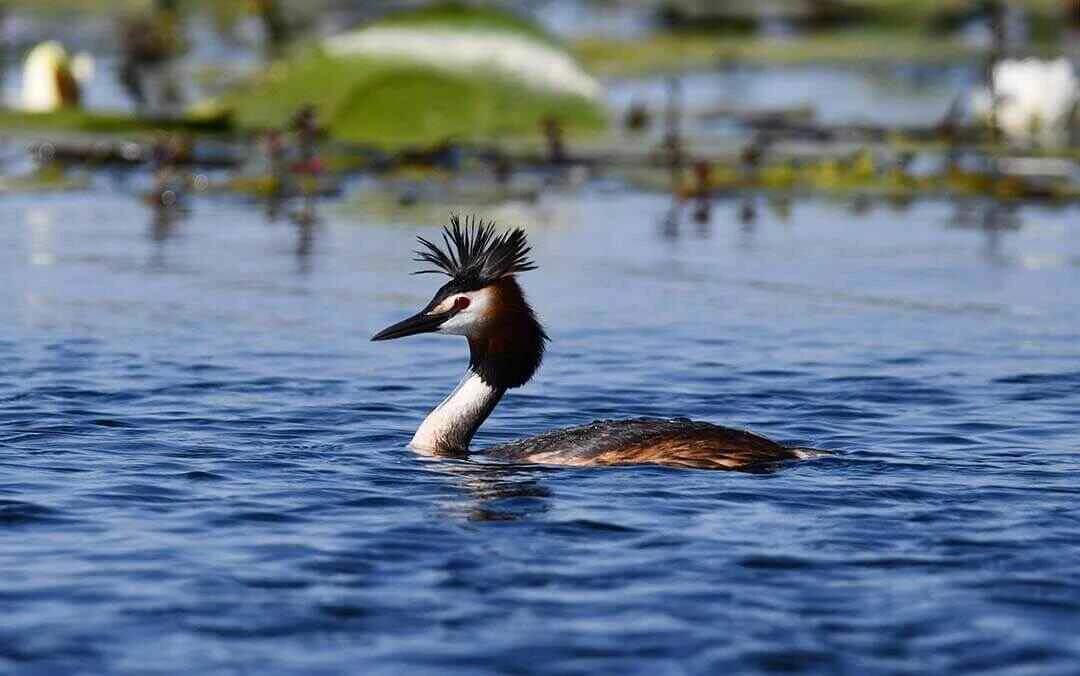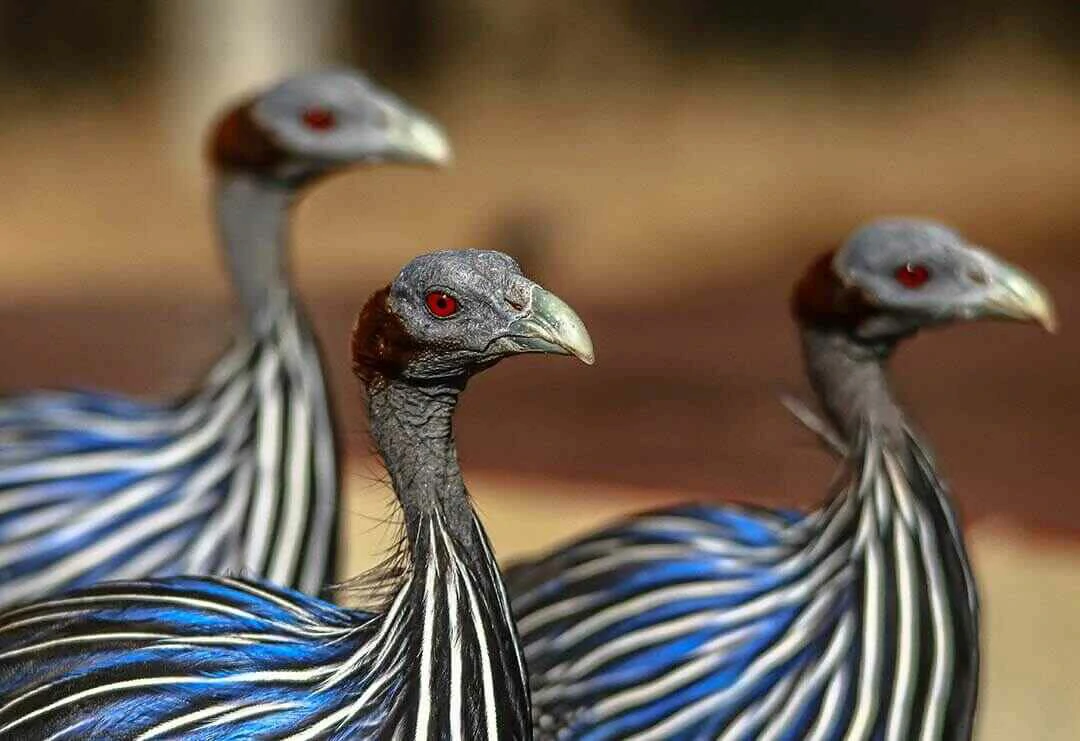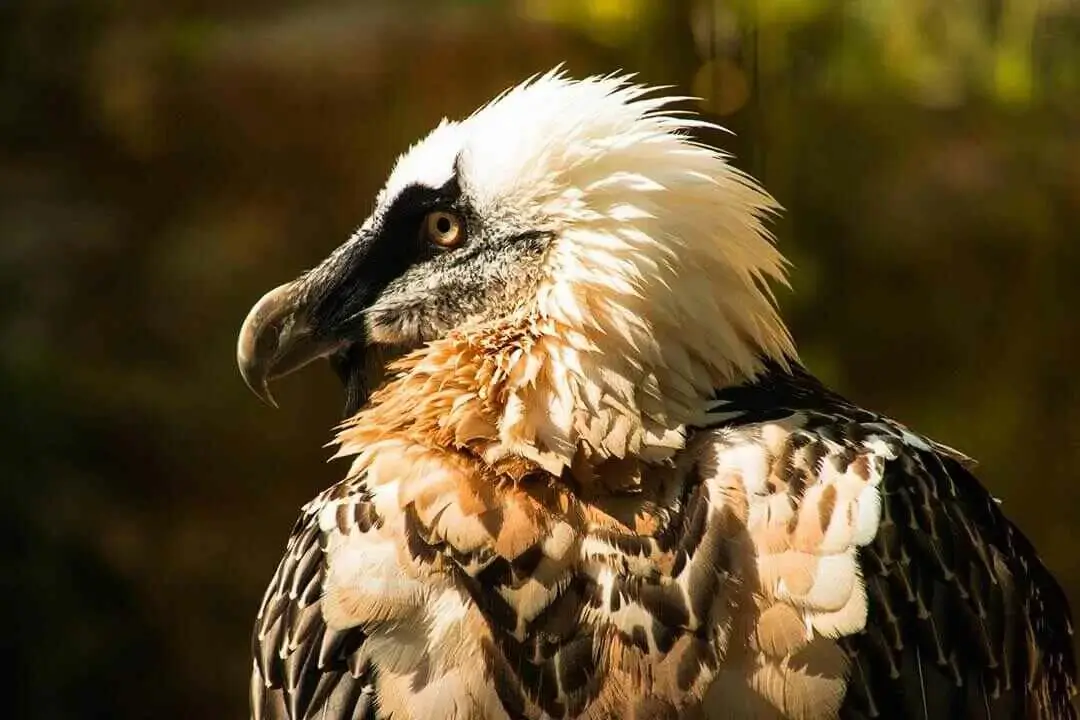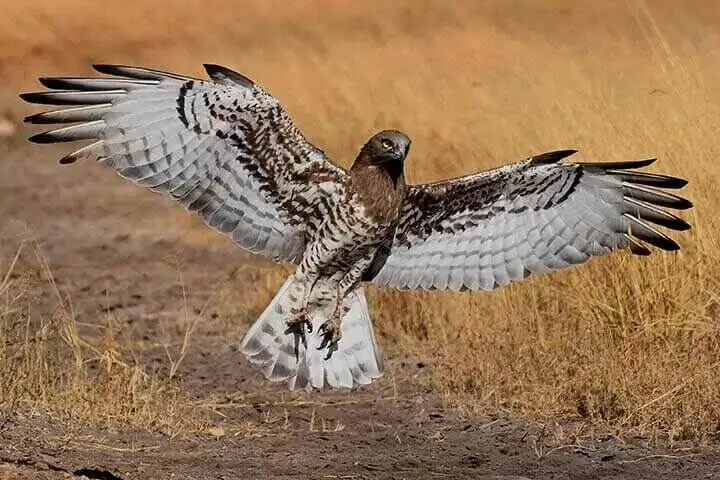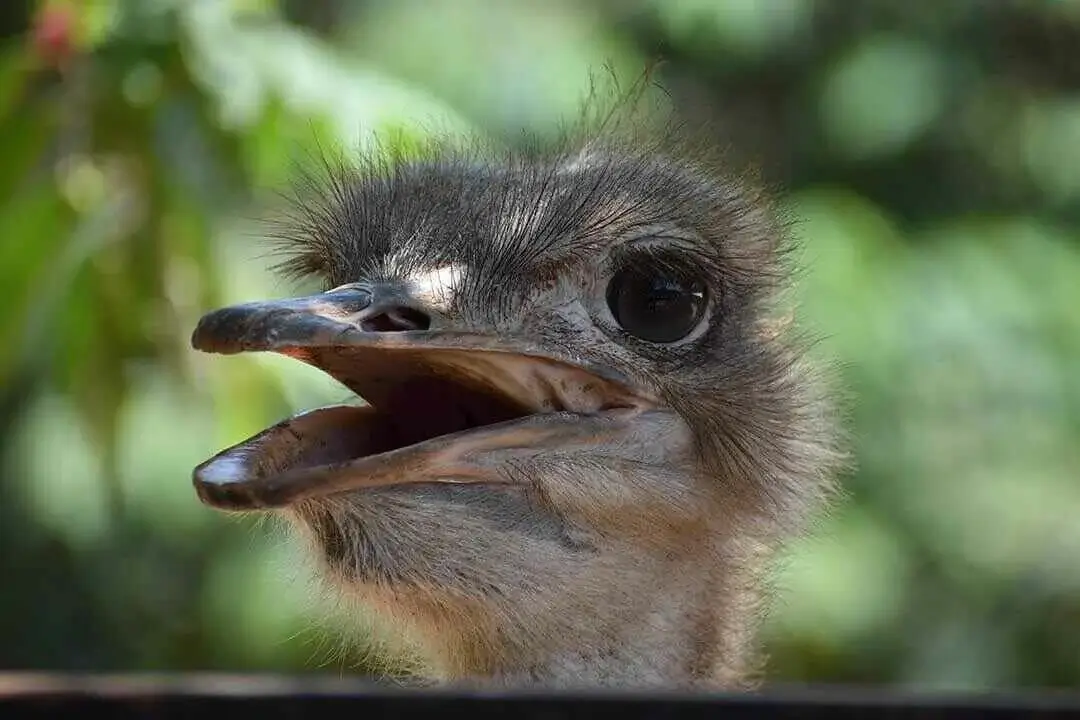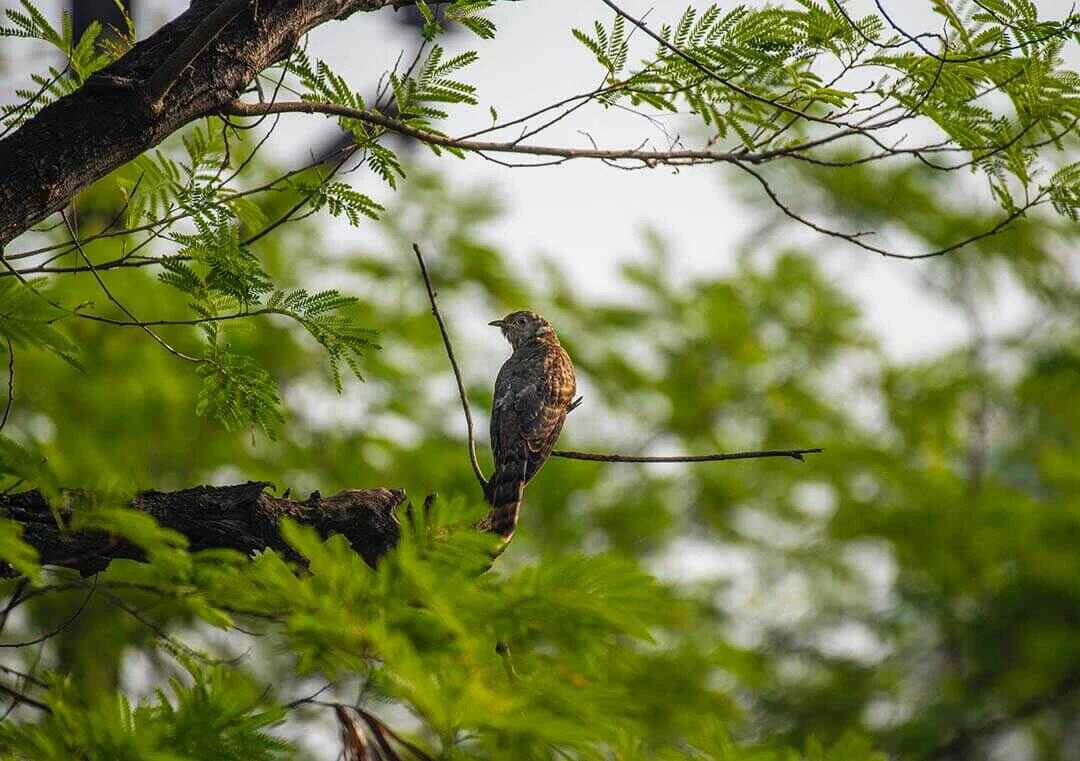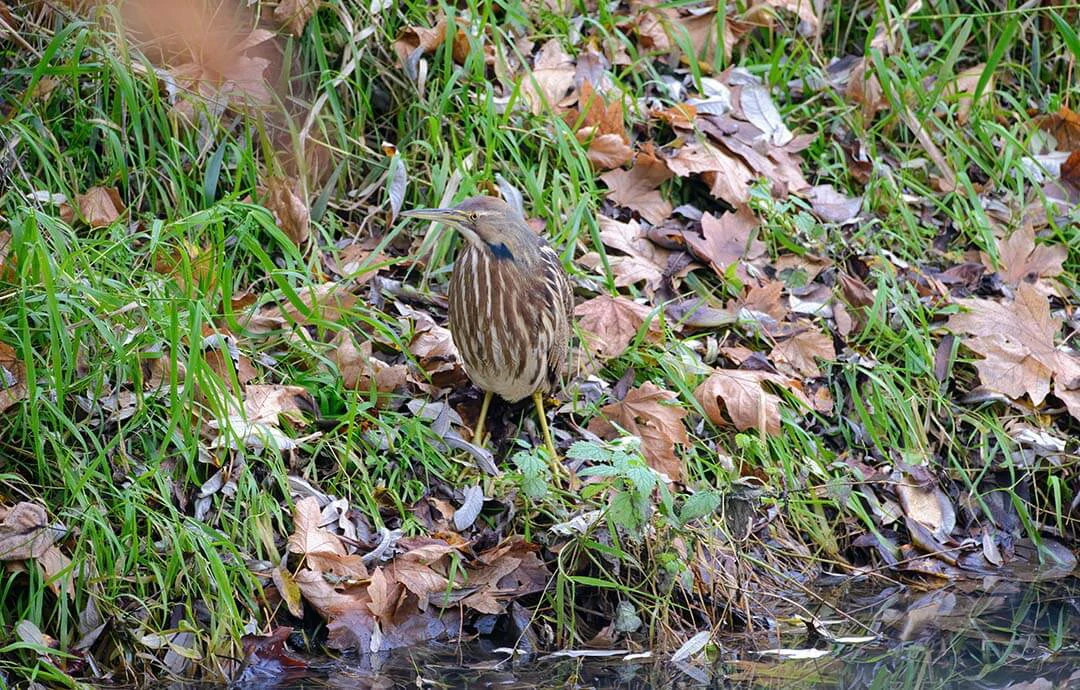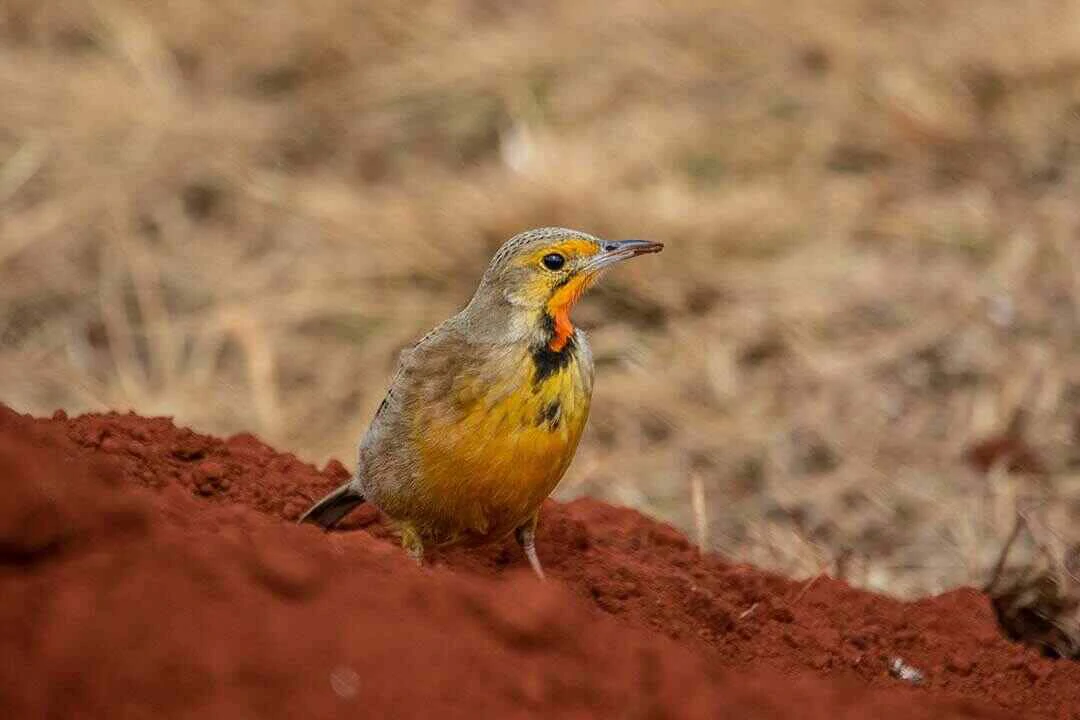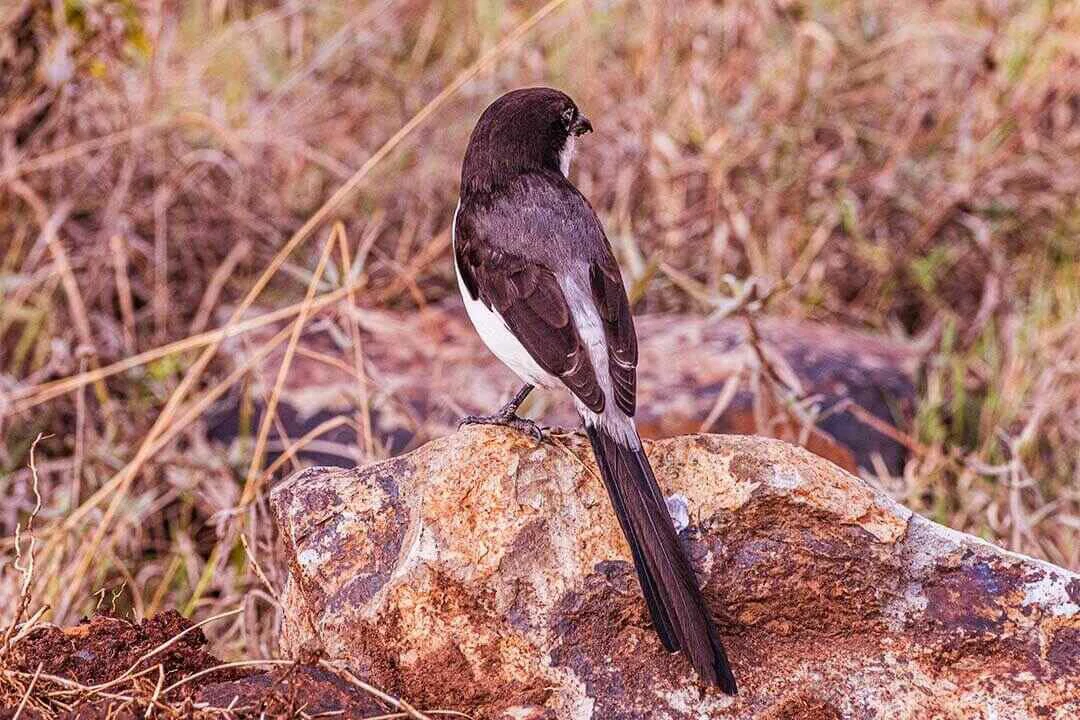Elmenteita is a shallow alkaline lake (1,800 hactares maximum
depth 1.9 meters) lying on the Rift Valley floor some 20 kilometer
south-east of
Nakuru
town. It is fed by the Kekopey hot springs at its southern end,
and two small streams, the Meroronyi and Kariandusi, flowing from
the eastern plateau. The surrounding landscape is characterized by
dramatic rocky faults, volcanic outcrops and cones. Rainfall is
erratic and averages less than 600 milimeters per year. To the
east, the lake is flanked by small-scale agriculture, while
several large ranches surround the remainder. The northern and
south-eastern lakeshores are open and flat, a spectacular cliff
rises to the north-east, and the western shores are broken and
rocky.
The natural vegetation is mainly Acacia and Tarconanthus
camphoratus bushland interspersed with Themeda triandra grassland.
Patches of Acacia xanthophloea woodland occur near the shore, and
formerly covered a large area south of the lake. The Important
Bird Area consists of the lake and its surrounding shoreline,
including the hot springs and the cliffs, and the Soysambu
Wildlife Sanctuary (5,400 hactares), part of the Delamere Estate,
that abuts the lake to the north and west.
It is a small soda lake with a size of 18 square kilometers. The
word Elementeita is derived from the Maasai word muteita, meaning
“dust place” referencing to the dryness and dustiness' of the
area, especially between January and March.
Lake Elementeita
is alkaline and close to Lake Nakuru National Park, part of it is
within Soysambu Conservancy. It is globally recognized as an
Important Bird Area.
Lake Elementeita
is one of the Kenya Lake System
in the Great Rift Valley, a natural property of exceptional
splendor, comprises three inter-linked fairly shallow lakes (Lake
Bogoria, 10,700 hectares Lake Nakuru 18,800 hectares, and Lake
Elementaita 2,534 hectares) on the floor of Great Rift Valley and
covers an entire area of 32,034 hectares.
Lake Elementeita
has also been designated as one of the wetlands of International
Importance (Ramsar sites) in Kenya since 2005.
Lake Elementeita
is home to 13 globally threatened bird species and some of the
highest bird diversities in the world. Due to the assemblage of
various birds of conservation concern, such as the threatened,
range-restricted Grey-crested Helmet-shrike nearly threatened
which occurs in the surrounding woodland where it may be resident.
The lake sustains noteworthy populations of over 100 species of
Palearctic migratory birds by offering a vital wintering ground
for them, making this one of the greatest ornithological
spectacles on earth, the lake forms part of the Great Rift Valley
migratory flyway system for migratory birds.
Lake Elementeita
is fed by the Kikopey hot springs at its southern end, and two
small streams, the Meroronyi and Kariandusi, flow from the eastern
plateau. The surrounding landscape is characterized by dramatic
rocky faults, volcanic outcrops, and cones. Rainfall is erratic
and averages less than 600 milimeters/year.
The lake has over 400 bird species recorded and bird watching is
done while walking and tourists can see variey of birds on their
visit. Greater and Lesser Flamingo varieties are attracted to
Lake Elmenteita
by the insect larvae, blue-green algae and crustaceans. Near to
four million Lesser Flamingos travel between the three lakes
Elmenteita, Nakuru, and Bogoria.

